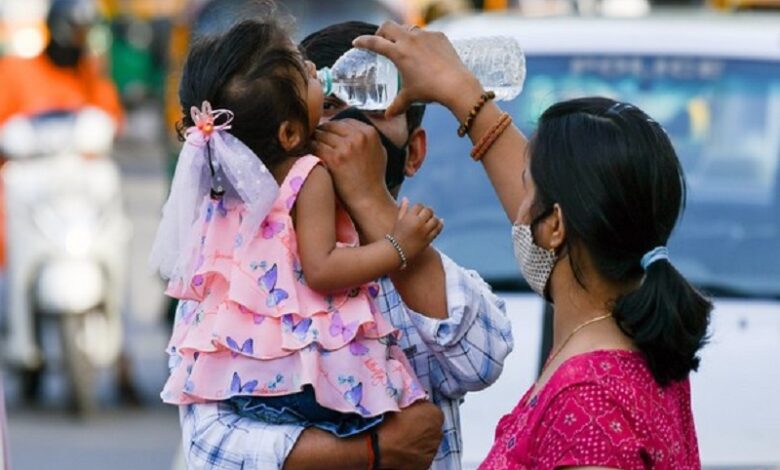Impact of Heatwaves in West Bengal : A Growing Concern

India’s rapid industrialization and urbanization have contributed significantly to the increased frequency, duration, and intensity of heatwaves across the country. This trend is exacerbated by changes in Urban Land Cover Change (ULCC), which have led to higher Land Surface Temperature (LST) and air temperature, consequently impacting surface climate patterns.
In 2023, the world experienced its hottest year on record, with the global mean temperature soaring to 1.45°C above pre-industrial levels. El Niño conditions further exacerbated the situation, resulting in every day surpassing the 1°C threshold above pre-industrial levels. Nearly half of the days witnessed temperatures exceeding 1.5°C compared to the 1850-1900 baseline, with November witnessing unprecedented temperatures exceeding 2°C warmer than historical averages.
The southern and western districts of West Bengal have been particularly affected by abnormally high maximum temperatures, attributed to dry westerly winds and intense solar insolation. The impact of these heatwave conditions has been profound, disrupting normal life and posing significant challenges to public health and well-being.
According to the regional meteorological centre, heatwave conditions are expected to persist in southern West Bengal until at least May 2, exacerbating the situation further. Kolkata, in particular, is grappling with what has been identified as the longest heatwave in the city’s recorded history, underscoring the severity of the ongoing climatic challenges.
In PaschimMedinipur district, Kalaikunda recorded the highest temperature of the day in West Bengal, reaching a scorching 44.7 degrees Celsius, a staggering 7.9 notches above the normal average. Similarly, Panagarh in PaschimBardhaman district reported a temperature of 44.5 degrees Celsius, a remarkable nine counts above the seasonal average, according to reports from the weather office.
The severity of the heatwave has prompted warnings of severe conditions in several districts, including Purba and PaschimBardhaman, Purba and PaschimMedinipur, Birbhum, Bankura, and Jhargram. These areas are expected to experience extreme heatwave conditions, posing significant risks to public health and safety.
The escalating temperatures and prolonged heatwaves underscore the urgent need for proactive measures to mitigate the impacts of climate change and urbanization on vulnerable communities. Effective strategies to combat heat-related illnesses and fatalities, such as implementing heat action plans, enhancing public awareness, and improving access to cooling facilities, are imperative to safeguarding public health amidst rising temperatures.
Furthermore, efforts to address the root causes of climate change, including reducing greenhouse gas emissions and promoting sustainable development practices, are critical for long-term resilience and adaptation. Collaborative initiatives involving government agencies, civil society organizations, and local communities are essential to developing comprehensive solutions that address the multifaceted challenges posed by climate change and urbanization.
In conclusion, the intensification of heatwaves in India underscores the far-reaching impacts of industrialization and urbanization on climate patterns and public health. Urgent action is needed to mitigate the adverse effects of rising temperatures and protect vulnerable communities from the escalating risks posed by extreme heat events. By adopting proactive measures and fostering collaboration at all levels, India can build resilience and adaptability to the challenges of a changing climate, ensuring a sustainable and prosperous future for all.






